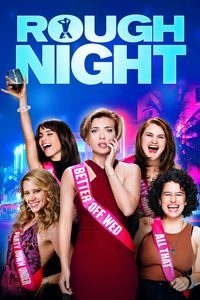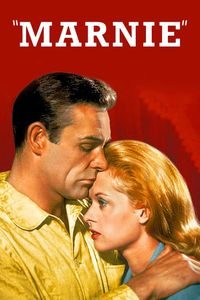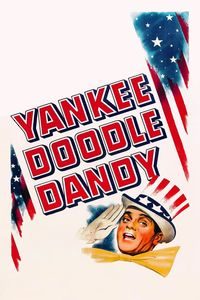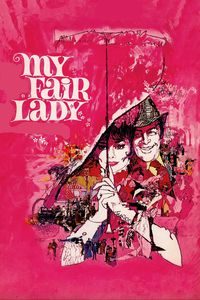Ultimate Lego Star Wars, Andrew Becraft and Chris Malloy
Dorling Kindersley (DK), 2017, 320 pages, C$52.00 hc, ISBN 978-1-465-45558-1
If you’re a fan of all things Lego, you already know that The Lego Group and Dorling Kindersley (DK) has enjoyed since 2008 a mutually beneficial relationship—all “official” Lego books of the coffee-table variety (oversized hardcover format, abundantly illustrated) have been published by DK for the past decade. If you’re putting together a solid Lego book collection, you know where to start: The Lego Book (2012) for starters, followed by LEGO Minifigure Year by Year: A Visual History (2013) and Great LEGO Sets: A Visual History (2015) are all great picks. There are also less essential choices for specific audiences: The Character Encyclopedia for Lego’s various worlds (Friends, CMF, Ninjago) are great for aficionados. The Build-your-own adventures and Ideas books are fine for avid builders.
DK published two new Lego books in late 2017: LEGO Absolutely Everything You Need to Know and Ultimate Lego Star Wars. They are not in the same category. Absolutely Everything You Need to Know ranks as a good optional choice for Lego fans of all ages: It’s a 300-page accumulation of trivial Lego facts, loosely arranged in themes and sub-topics to cover two pages at a time. It’s not terribly deep (it’s in the nature of short trivia to lead to more questions) and the celebrated DK design aesthetics often work against itself in such a format (short factoids are not always illustrated, leading to frustration when there’s a non-illustrated reference) but it’s pleasant to read and it looks really good on a coffee table. It’s also precisely dated current as of July-August 2017, no more no less (the June 2017 release of the Ideas Apollo set is shown, but not the September 2017 Ideas Fishing Shack set or second iteration of the UCS Millennium Falcon set.)
Ultimate Lego Star Wars is something else. Aiming to be nothing less than a complete encyclopedia of all Lego Star Wars, it’s a lavishly produced presentation of every single Star Wars Lego sets and character since the line’s introduction in 1999. Over the years, this amounts to more than 500 sets and roughly 900 minifigurines. The book is broadly organized in three big sections (Characters, Settings, Spaceships), that are then subdivided in more specialized subsections. Need to know about the dozen different versions of the Millennium Falcon, the multiple variants of the Darth Vader minifigurine or the various sets representing Tattoine? Ultimate Lego Star Wars has you covered.
Great photography ensures that we get a good look at every set or minifigurine, something that becomes interesting in its own right when it showcases the various sets all presenting the same subject. Lego design has progressed significantly since 1999 (new pieces, new methods, new colours), and it’s instructive to see how the sets become more detailed as the years go by. Striking examples include the Millennium Falcon, the Y-wing fighter and the various versions of the X-Wing. Since advent calendar microbuilds are part of the inventory, the book also becomes a guide for Lego builders to replicate their favourite Star Wars creations using pieces they may already have. A few pages on Lego set and character design are included, adding even more interest to the entire package.
With such a gorgeous visual component, it comes as a relief to say that the text surrounding the photos are often just as interesting: Written by lifelong Lego Star Wars fans Andrew Becraft and Chris Malloy (contributors to the leading Lego site The Brothers Brick), Ultimate Lego Star Wars is a treasure trove of trivia and information about new pieces, first usage, oddities and occasional mistakes distinguishing various sets from others.
At a time when online databases such as brickset.com contain exhaustive lists or every single set in Lego history, it’s fair to ask if there’s a place for books such as Ultimate Lego Star Wars. After all, it’s not as convenient as whipping out a cell phone and querying a database. The book is outdated before being published. (The Summer 2017 wave of sets is included, as is the September UCS re-release of the Millennium Falcon, but not the January 2018 sets already on shelves as I write this) But as it turns out, Ultimate Lego Star Wars is the kind of book that serious Lego fans will be happy to hold in their hands. It’s, for lack of a better word, a dense book: every single page is crammed with interesting text or great pictures, and this is the kind of coffee-table book that may take you a while to read given how much time you can spend on each page.
I write the above review despite not being much of a Lego Star Wars fan—I’ve purchased a few sets, usually at a high discount, but ended up dismantling most of them for spare parts. My interest in Star Wars itself isn’t all-encompassing (I can argue about the series’ problems at length, though), so it’s with some surprise that I like the book so much. I suspect it’s largely because I can recognize a definitive work of scholarship when I see one. Lego Star Wars may be a trivial topic of expertise, but The Lego Group, Dorling Kindersley and the authors have managed to produce a book that lives up to its name. This is the ultimate book about Lego Star Wars. I suspect that even casual readers may get a kick out of it.




![Per qualche dollaro in più [For a Few Dollars More] (1965)](https://www.christian-sauve.com/wp-content/uploads//for-a-few-dollars-more-1965-200x300.jpg)


![Per un pugno di dollari [A Fistful of Dollars] (1964)](https://www.christian-sauve.com/wp-content/uploads//a-fistful-of-dollars-1964-200x300.jpg)

![Joheunnom nabbeunnom isanghannom [The Good, the Bad, the Weird] (2008)](https://www.christian-sauve.com/wp-content/uploads//the-good-the-bad-the-weird-2008-200x300.jpg)



